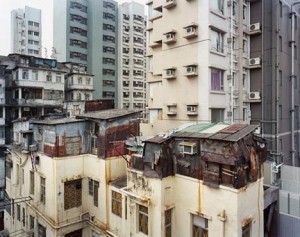
October 11th, 2010

admin
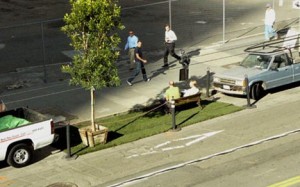
Today is (Park)ing Day, a play on words and on cities themselves in which pedestrians take over the streets and redesign parking spaces as miniature public parks around the United States and even in other countries, but (naturally) on the West Coast in particular.

October 9th, 2010

admin
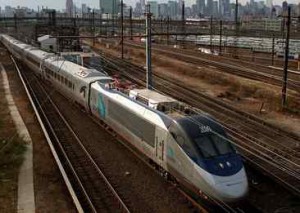
A class of graduate students at the University of Pennsylvania has created a plan to rebuild the Northeast Corridor as a true high-speed rail line that would transport passengers from Philadelphia to New York City in 37 minutes. Amtrak, on the other hand, has a less ambitious view of the future for the nation’s busiest rail corridor. Its new master plan calls for spending $52 billion by 2030 to cut travel time by about 20 minutes between New York and Washington and between New York and Boston. It envisions reducing travel time between New York and Philadelphia by four minutes.

October 6th, 2010

admin
When the Enlightenment broke apart the whole that consisted of art, science, ethics, and politics, social order came into being. The reason for this seems to be quite simple. Before the Enlightenment, “one became what one was born to become.” After the break, each of these groups had social orders correlating to the primary class that occupied these positions. Science and politics were more occupied by wealthier more educated people and therefore, the profession of these groups was more prestigious. Art was less prestigious merely because it was similar to a skilled trade or manual labor.

October 5th, 2010

admin
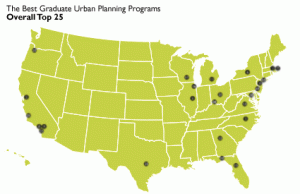
The Planetizen 2009 Guide to Graduate Urban Planning Programs — the essential resource for prospective planning students — is now available. Covering 100 programs in the United States and Canada, the Guide features detailed program profiles, listings of the best schools and the insights of current students and planning professionals.

September 29th, 2010

admin
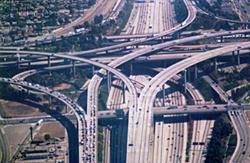
Earlier this week Mayor Antonio Villaraigosa invited me and a small group of Los Angeles’ business, labor, and environmental leaders to discuss his plan to accelerate the construction of a dozen transit projects in his region. The goal is to build in 10 years what they initially planned to do in 30, hence the plan moniker “30/10.” California’s junior senator and chair of the Environment and Public Works Committee, Barbara Boxer, was the featured guest since new kinds of federal help is a key part of the plan.

September 29th, 2010

admin
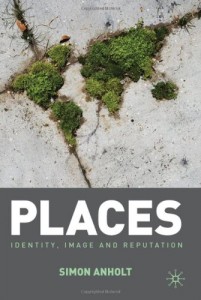
Death and Life of Great American Cities – to understand what urbanism is and why it works or doesn’t. (For extra credit, you can read her first substantive article on the subject, “Downtown is for People,” which was published in Fortune Magazine in April 1958, and later in the compendium The Vanishing Metropolis–which compiled the 6 articles in the series of pieces commissioned by William Whyte, then the editor of Fortune Magazine. I am proud to say that not only do I have the book…

September 27th, 2010

admin
We hear often how hard it is to live in North America without a car, yet in Manhattan 75% of households get along without one. Then we hear that in the suburbs its different- that is why in the USA nationwide, only 8% of households don’t own a car. But what if you designed a community around the principle that one doesn’t need a car? That really was green from the ground up? What would it look like? Vauban, near the German city of Freiburg, may be the best demonstration yet.


 RSS Feed
RSS Feed







 October 11th, 2010
October 11th, 2010  admin
admin 

